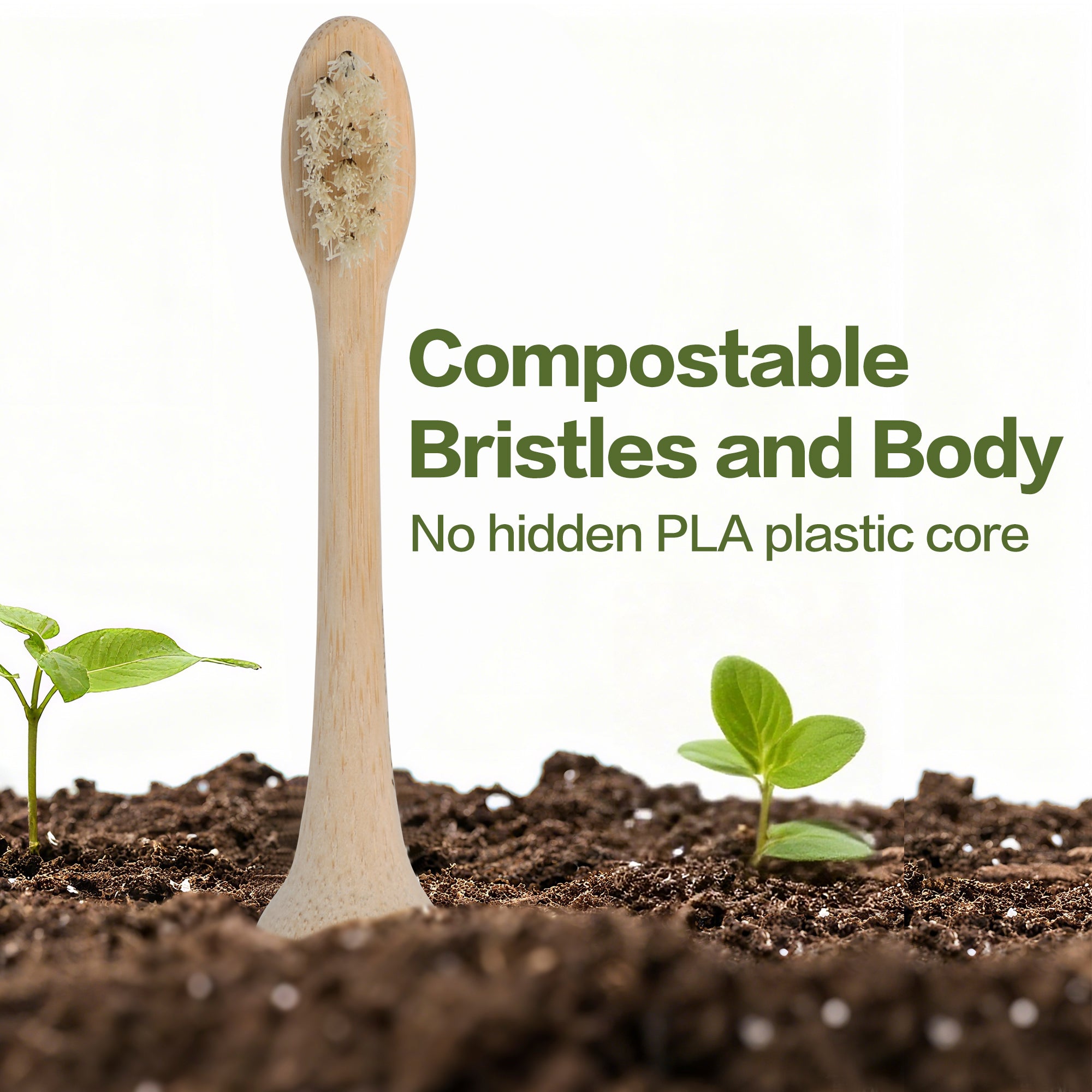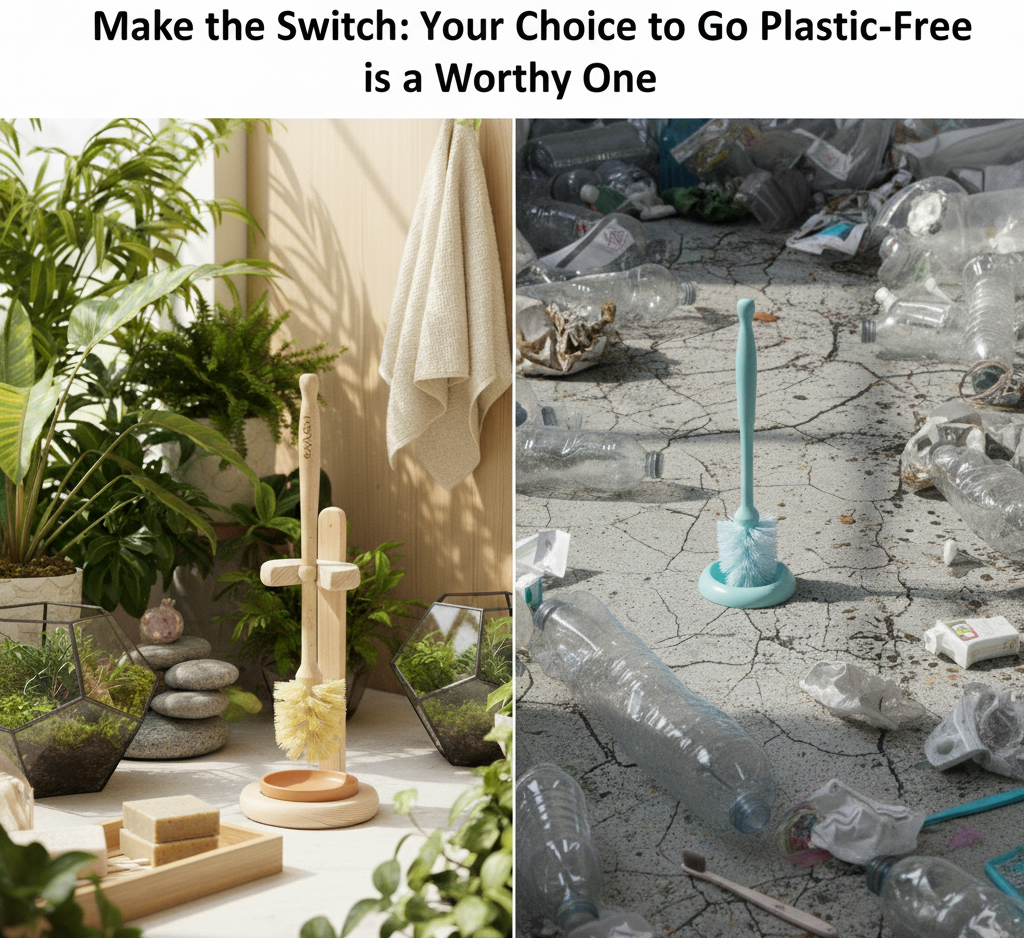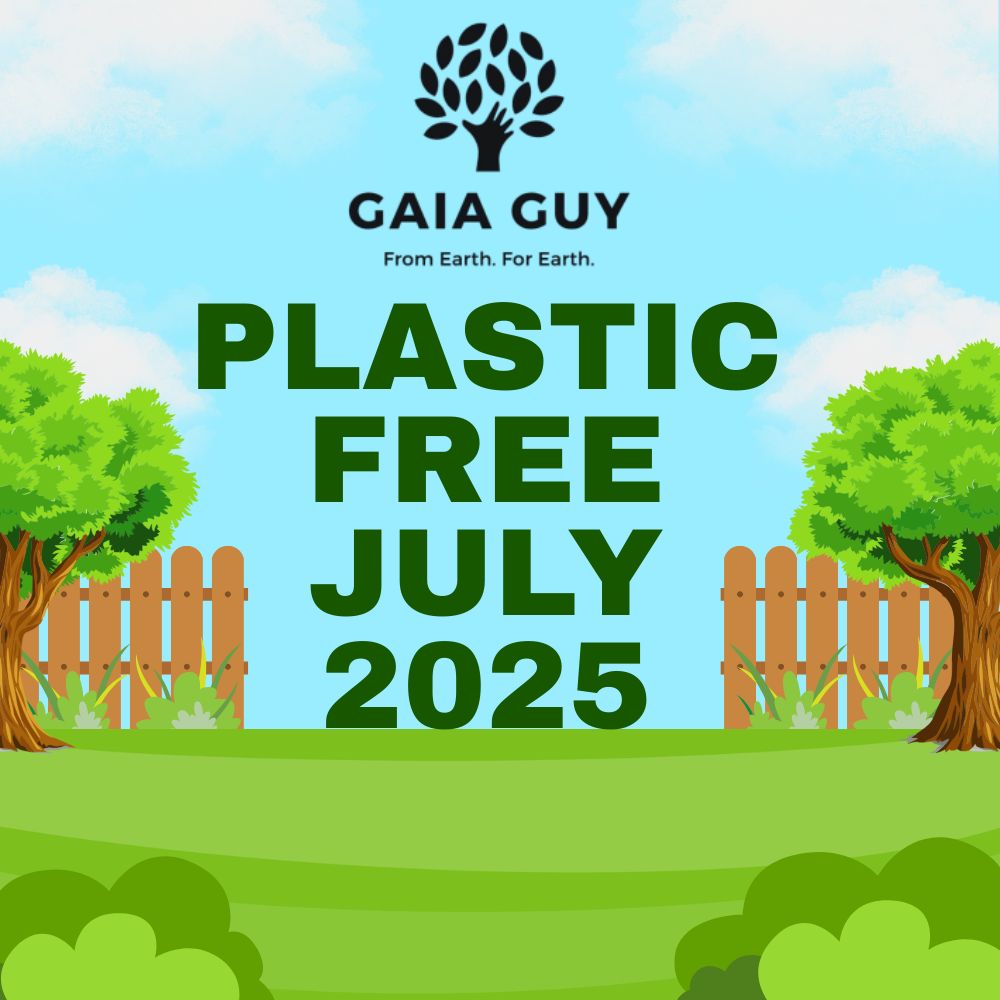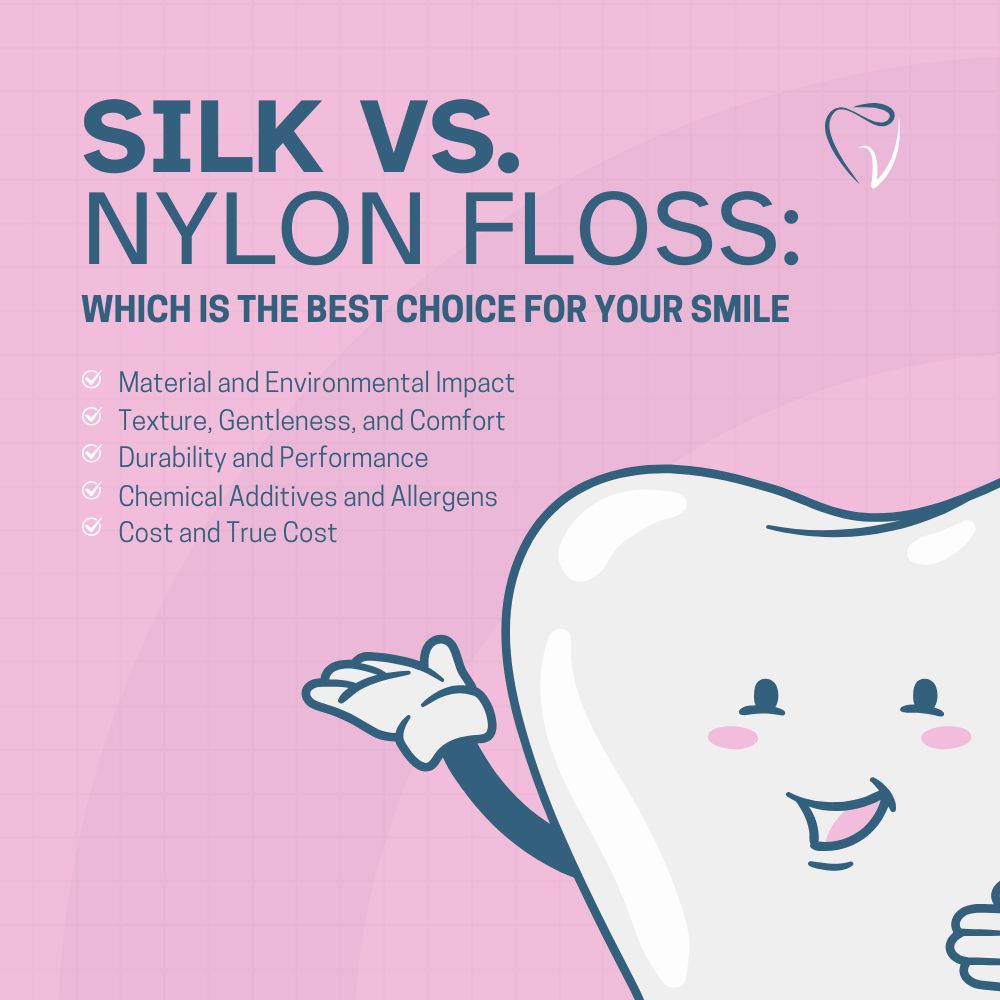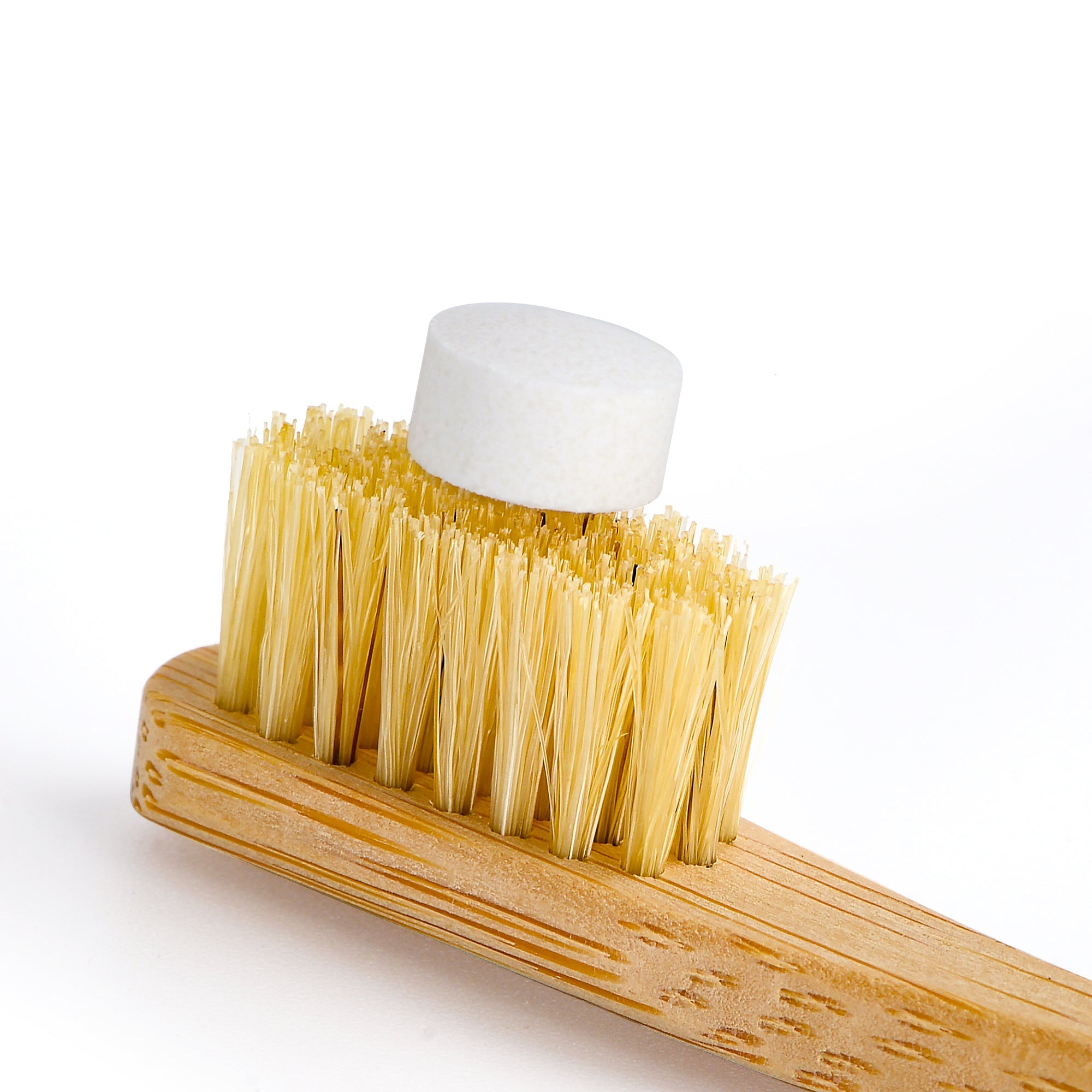Take a journey back to a pivotal year in the history of plastic pollution, and you'll realize that nearly any year from the 1970s onwards should have served as a wake-up call to the escalating plastic crisis.
The global production of plastics hit an astonishing 390.7 million metric tons in 2021, with dismal recycling rates translating into widespread pollution. Around 50% of plastic is single-use, contributing significantly to the environmental burden we face.
The Persistent Plastic Pollution Problem:
Despite a multitude of pledges to reduce, cut, curb, ban, and recycle, minimal efforts have been made to halt the relentless surge of plastic into our ecosystems and, quite literally, into our bodies.

Human ingestion of microplastics has become a concerning reality, with estimations ranging from up to a credit card's worth of plastic per week, according to some, while others suggest a lesser amount.
Regardless of the specific quantity, the consensus remains that any ingestion of plastic is detrimental. Whether it's an equivalent of a Lego man's toupee or any other plastic item, the critical point is that even the slightest amount is too much.
With our pathetic recycling rates this means most of this becomes pollution after we chuck it out. According to PlasticOceans.org around 50% of plastic is used just once and thrown away.
Plastic Surge:
A Historical Overview: Plastic use skyrocketed since the 1950s, and by 2013, the situation had reached alarming levels. Scientists and researchers proposed urgent measures to address the environmental and health impacts caused by the unbridled production and disposal of plastic.
Global Plastic Production:
In 2012, a staggering 280 million tonnes of plastic flooded the global market, with less than half finding its way to landfills or recycling facilities. The aftermath left 150 million tonnes polluting continents and oceans, posing threats to wildlife and ecosystems.
Environmental and Health Impact:
Plastic debris not only physically endangers wildlife but introduces chemical hazards, affecting both marine life and human health. Outdated plastic disposal policies in major regions, treating plastics as benign waste, exacerbate the problem.
Impact on Habitats:
Plastics wreak havoc on ecosystems, disrupting natural habitats and endangering vital species. The transportation of species through plastic debris exacerbates the ecological damage.
Call for Reclassification:
Urgent reclassification of the most harmful plastics as hazardous is crucial. This move empowers environmental agencies to take swift action and mitigates the destructive impact of certain plastics.
Closed-Loop System:
Transitioning to a closed-loop system, where plastics are continually reused and recycled, offers a sustainable solution. This model minimizes environmental footprints and addresses the limitations of current recycling efforts.
Natural and Renewable Resources:
Opting for goods made from renewable resources, such as bamboo and boar bristle toothbrushes, silk floss, and plant-based natural bristle brushes, aligns with the principles of a closed-loop system.
By choosing these alternatives over traditional plastic or bioplastics, you contribute to a more sustainable lifestyle, promoting the responsible use of natural and renewable materials while minimizing the impact on the environment.
Reducing Plastic Waste:
Targeting the most problematic plastics constituting 30% of total production is imperative. Urgent action from major producers, including the United States, Europe, and China, is needed to address plastics like PVC and polystyrene.
We also need to push, perhaps subsidies or give incentives for sustainable building materials.

International Regulation:
Inspired by successful environmental protocols like the Montreal Protocol, a proposal looms to reclassify the most harmful plastics as hazardous at an international level. A coordinated effort is necessary to curb cross-border plastic pollution.
Innovation and Employment:
Regulatory changes can fuel innovation, leading to the creation of safer materials and boosting employment opportunities in research and development.
Future Projection:
Without urgent action, the planet could face 33 billion tonnes of plastic by 2050. Collective efforts are needed to avert this environmental catastrophe.
Governmental Response:
Despite damning reports, recent developments reveal the limitations of relying on government intervention to categorize plastic as hazardous waste. The rejection of a petition to list discarded polyvinyl chloride (PVC) as hazardous waste by the US Environmental Protection Agency (EPA) underscores the challenges in convincing governmental bodies to prioritize environmental concerns.
PVC Predicament:
PVC, widely used in construction, packaging, and consumer goods, has become a focal point in discussions surrounding hazardous waste. The EPA's rejection of the petition emphasizes the limitations of relying solely on government intervention.
Governmental Hurdles:
The recent rejection highlights the challenges in convincing government bodies to categorize plastic as hazardous waste. The EPA contends that the addition of discarded PVC as hazardous waste under RCRA would have no 'meaningful impact,' emphasizing the need for specific research on hazardous exposure resulting from current waste management practices.
Challenges and Counterarguments:
The EPA's stance revolves around existing regulations addressing potential harms outlined in the petition. The refusal suggests a belief that the proposed reclassification would not necessarily lead to a reduced environmental impact.
Government Priorities:
The rejection reveals resource limitations and competing priorities, with the EPA citing the need to allocate resources to more pressing rulemakings under RCRA. This response underscores the challenges of convincing government bodies to prioritize specific environmental issues.
A Call for Individual Action:
The rejection showcases the difficulties of achieving change through government channels alone, emphasizing the need for individual action. As we await government responses, it becomes evident that consumers must take the initiative to reduce plastic usage.
In the face of governmental complexities and competing priorities, the rejection of the PVC petition serves as a reminder that the battle against plastic pollution requires a multi-faceted approach.
While advocacy for regulatory change continues, individuals must recognize the power they hold in making sustainable choices.
It's time to shift our focus from government action alone to collective responsibility, urging us all to reduce, reuse, and ultimately rethink our reliance on plastic. We can chose to shop for plastic-free products at zero waste stores like Gaia Guy and others.
Sources:





